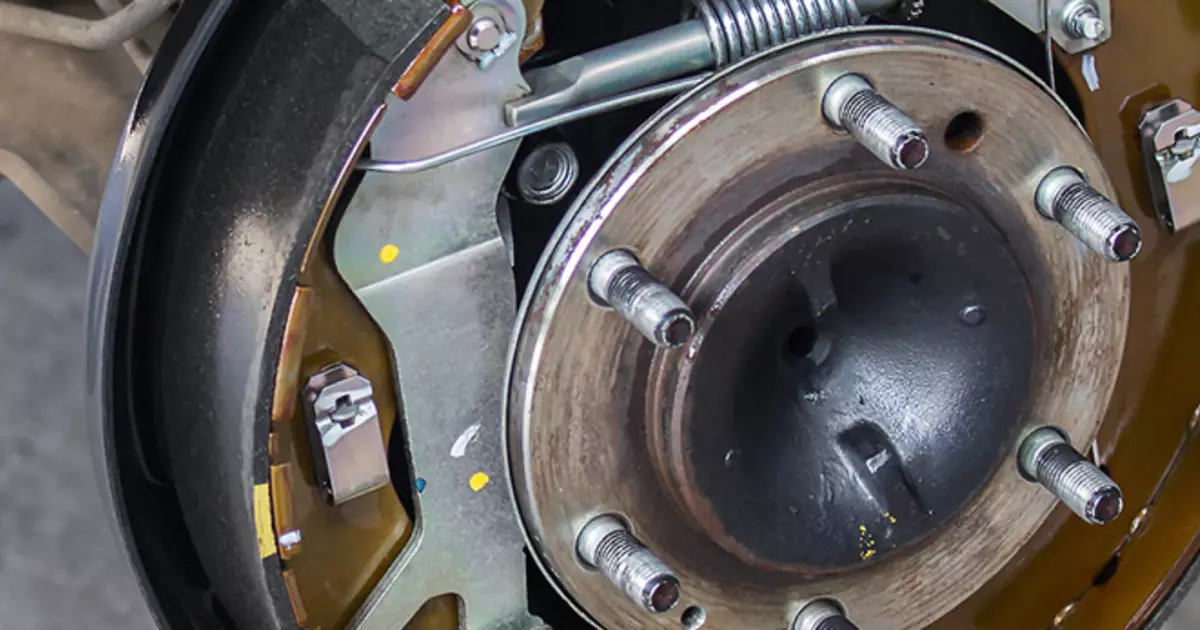When you press your brake pedal, a complex system slows your car. For decades, two primary types of braking systems have dominated the automotive world: drum brakes and disc brakes. While disc brakes are now standard on most front wheels and increasingly common all-around, drum brakes still feature on many rear axles, particularly in more economical vehicles. Understanding the pros and cons of drum brakes vs. disc brakes is key for daily drivers, as each impacts performance, maintenance, and cost.
Drum Brakes: The Enduring Legacy
Drum brakes are an older technology. They still offer some compelling advantages, especially for rear axles.
- How They Work: Inside a rotating drum (attached to the wheel), two curved brake shoes push outward. They press against the inside surface of the drum. This creates friction and slows the car.
- Pros for Daily Drivers:
- Cost-Effective: Drum brake components are generally less expensive to manufacture and replace. This makes them a more economical choice for carmakers and owners.
- Longevity: Drum brakes often last longer than disc brakes, especially the brake shoes. They are enclosed, which protects them from road grime and environmental factors.
- Good for Parking Brake: The design of drum brakes makes them very effective as a parking brake. This is why many vehicles with rear disc brakes still incorporate a small drum brake mechanism within the rear disc rotor for the parking brake function.
- Cons for Daily Drivers:
- Heat Dissipation: The enclosed design traps heat. This makes drum brakes highly susceptible to “brake fade” under heavy or repeated use. They lose effectiveness as they overheat.
- Performance in Wet Conditions: Water can get trapped inside the drum. This temporarily reduces friction and braking effectiveness.
- Spongier Pedal Feel: The internal mechanisms can lead to a less firm and responsive pedal feel compared to disc brakes.
- More Complex Servicing: Servicing drum brakes can be more time-consuming. It often requires specific tools and adjustments.
Disc Brakes: The Modern Standard
Disc brakes are now the dominant braking technology, especially for front wheels.
- How They Work: A caliper clamps brake pads onto a rotating disc (or rotor) that attaches to the wheel. This action creates friction, which slows the vehicle.
- Pros for Daily Drivers:
- Superior Performance: Disc brakes offer much stronger, more consistent stopping power. They are less prone to fade, even under heavy use.
- Excellent Heat Dissipation: The open design of disc brakes allows heat to escape quickly. This maintains consistent performance.
- Better Wet-Weather Performance: Water quickly sheds from the rotor and pads. This ensures better braking in rainy conditions.
- Easier Maintenance: Servicing disc brakes, such as replacing pads, is generally quicker and simpler than drum brakes.
- Firmeer Pedal Feel: Drivers typically experience a more responsive and direct pedal feel with disc brakes.
- Cons for Daily Drivers:
- Higher Cost: Disc brake components (especially calipers and rotors) are more expensive than drum brake parts.
- Shorter Lifespan: Brake pads typically wear out faster than drum brake shoes. They are exposed to the elements.
- Brake Dust: Disc brakes tend to produce more visible brake dust. This often accumulates on wheels.
Which Is Right for Your Vehicle?
For most daily drivers, your car’s manufacturer has already made this decision. Many modern vehicles use disc brakes on all four wheels. More economical cars, however, often feature disc brakes at the front (where most braking force is needed) and drum brakes at the rear.
- If you primarily drive in urban environments with frequent stops and starts, disc brakes offer superior heat management and consistent performance.
- If you are on a budget and prioritize lower maintenance costs, vehicles with rear drum brakes can still be a practical choice.
Conclusion: Balance of Performance and Practicality
Ultimately, both drum brakes and disc brakes play vital roles in automotive safety. Disc brakes offer superior performance and heat dissipation, making them ideal for modern driving demands. However, drum brakes continue to provide a cost-effective and durable solution, especially on rear axles. Understanding these differences empowers you to appreciate your vehicle’s braking system and make informed choices about its maintenance.



